Fire sprinkler systems are needed in offices, workplaces, and warehouses. But what if you don’t know how to use it or how it works? No need to worry, as we are here to help you in every way.
Fire Sprinkler Systems: A Beginner’s Guide
Quick Navigation
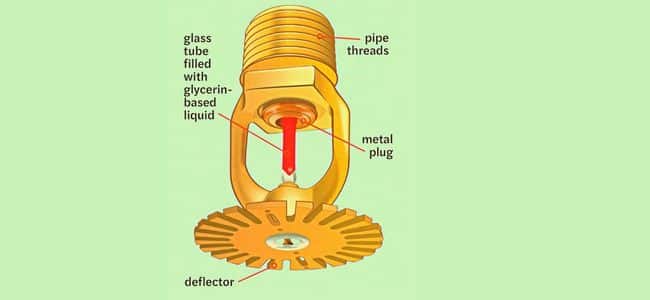
The fire sprinkler systems could be seen on the ceilings of the buildings, and these small sprinklers are interconnected with an extensive network of water pipe systems. The sprinklers detect the fire, and the water from these pipes is released.
1. Sprinklers detect heat
- Heat triggers the sprinkler system, and never the smoke.
- Air hot enough to trigger the sprinklers causes them to turn on.
- The glycerin-based liquid in the small glass bulb expands when it comes in contact with hot air, and the sprinkler apparatus is triggered.
2. Fire sprinklers put out the fire
- Triggering the sprinklers causes the valves to open.
- These valves cause the water to come out with force from the pipe grids.
- The pressure with which the water comes out of the pipeline is strong enough to extinguish the fire.
3. Less water damage is done
- The sprinklers do not work at once, which is a misconception.
- In many cases, it needs only one or two sprinklers to be activated to put out the fire.
- The water gushing out of the sprinkler is much less than that of a hose.
- The sprinkling action of the fire sprinklers is much more effective.
How Do Automatic Sprinkler Systems Work?
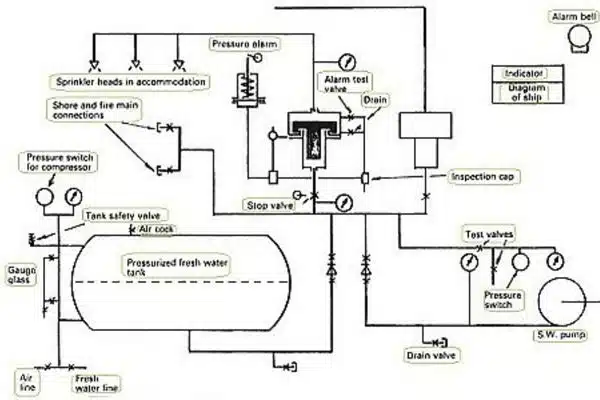
The automatic fire sprinklers: with fragile bulbs are equipped with glass beads in which different temperature ratings are pre-set.
- When the temperature inside the room equals the temperature set for the bead, the glass bead breaks.
- The contents inside the pipe, which are not necessarily water, gushes out.
Another type of automatic sprinkler is a fusible link sprinkler:
- Such sprinklers are provided with a solder between two metal lever arms.
- The small solder keeps them linked, and the lever arms keep the sprinkler cap in place, so there is no water flow in typical cases.
- The solder is temperature-sensitive.
- When there is a fire and the temperature of air rises, the solder melts when the temperature gets too high.
- As soon as the solder melts, the link between the lever arms is broken, and they get separated, releasing the cap.
- The cap’s removal allows the pipe’s substance to flow out to extinguish the fire.
How Do Fire Suppression Sprinklers Work?
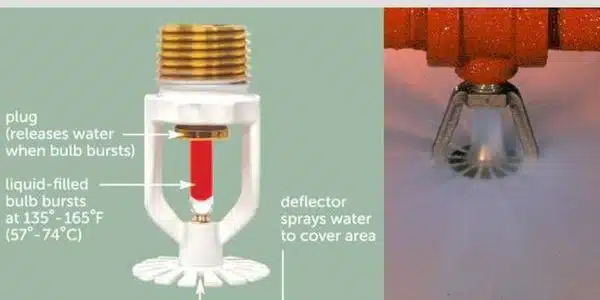
A fire suppression system is activated by smoke, heat, or maybe both. The primary role of a fire suppression system is to extinguish the fire using water, chemicals, or gas means. The fire suppression sprinkler systems work in the same way as mentioned above.
There are various types of fire suppression components which include:
1. Fire Extinguisher-
You all must have seen the big red heavy cylinders often placed on the walls of almost all buildings. These cylinders contain compressed carbon dioxide gas, which, when sprayed on the flame, cuts short the oxygen supply of the flame and replaces it with carbon dioxide, thereby putting off the fire. These cylinders are there for emergency cases of fire hazards.
2. Fire Alarm Control Panel-
These control panels work based on signals generated by the smoke detectors or manual switches. These panels blare the alarm, which notifies everyone of the fire inside the building. Some panels are wise enough can send signals to the fire department also.
3. Flame Detector-
Fires emit ultraviolet radiations, which are sensed by the sensors present in the flame detectors.
Types Of Fire Sprinkler
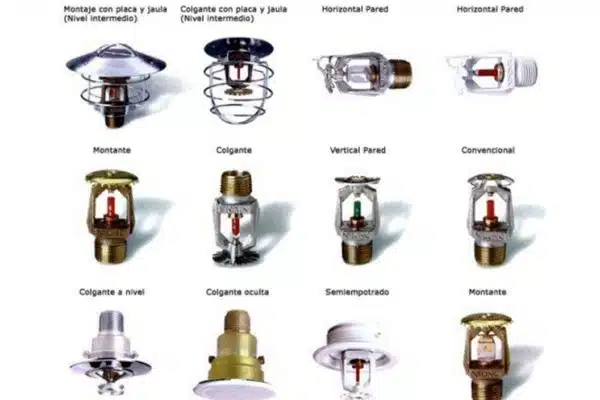
1. Wet pipe systems:
These are the most common, cost-effective, and easy-to-maintain sprinklers. These sprinklers are usually installed in areas where the temperature remains moderate and never falls below 4 degrees Celsius. The water in the pipes tends to freeze in colder environments, and the sprinklers will fail miserably. Also, the fire will cause surplus damage.
2. Dry pipe systems:
These are installed in buildings in cold locations where water freezing is common. These are more expensive than standard wet pipe systems, and require different machinery and periodic testings throughout life. Instead of water, the pipes contain compressed air. In case of fire, this compressed air is first released, and the water reaches the pipes to escape through the sprinklers. It causes the fire to spread and cause more damage.
3. Preaction systems:
These systems resemble the dry pipe systems. The only addition they have is a detection system. In such cases, additional testing is required for the smooth functioning of the detection systems.
4. Deluge systems:
These are the kind of systems that are installed in locations where a large amount of water is required. Usually, all the fire sprinklers are not activated simultaneously, but the sprinklers within a deluge system are all activated at once, providing a large amount of water required.
Advantages Of Sprinkler Systems
Myths related to fire sprinkler systems
a. Sprinklers are activated by smoke: The fire sprinklers are NOT activated by smoke but by the increased air temperature.
b. All sprinklers work simultaneously, flooding the room: All the sprinklers do not get activated simultaneously. Only the required ones get activated, except for the deluge systems installed in factories or warehouses.
c. Water comes out of the sprinklers as gentle splashes: Water coming out of the sprinklers is not mere drops but gallons of water. It is not the same as shown in TV shows. One sprinkler releases about 25 gallons of water per minute. You can get a smart sprinkler in your budget.
FAQ
1. What temperature will set off a fire sprinkler?
The sprinklers are provided with a trigger point. This temperature usually lies in the range of 72-74 degrees celsius. When this temperature is reached, the valves open, and the water gushes out.
2. How much does it cost to install a fire sprinkler system?
The installation of the fire sprinklers also depends on the size of your residence. The big place will need more sprinklers. Installation in an average household won’t cost you more than $700.
3. How effective are fire sprinklers?
The sprinklers are more than 90% effective. Also, definitely more effective than a hose.
Final Talk
Now you know everything related to the fire sprinkler systems, and next time you can proudly scoff when you see the fake working of fire sprinkler systems in movies or TV shows.

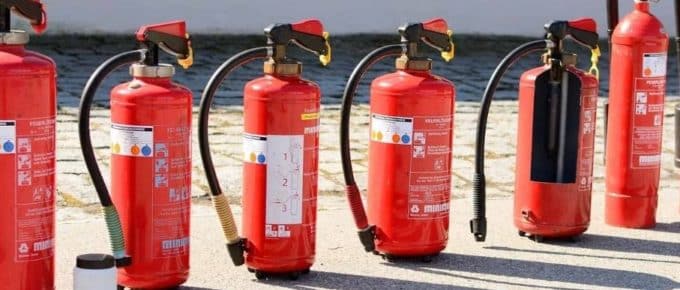
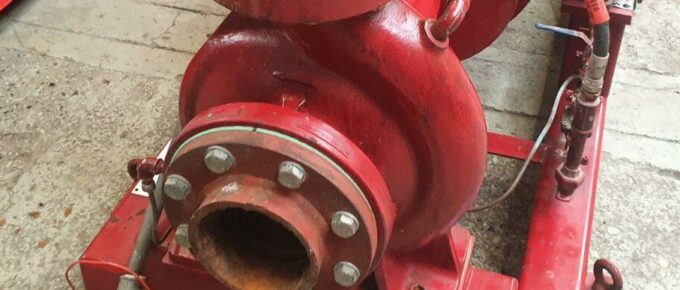
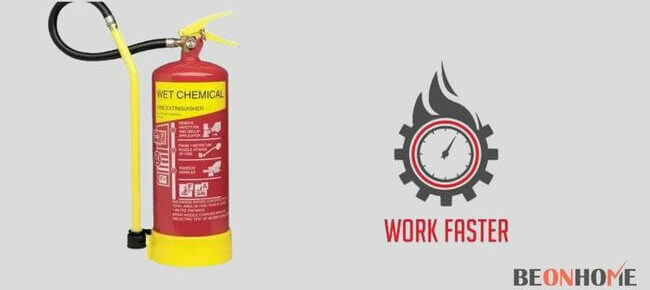
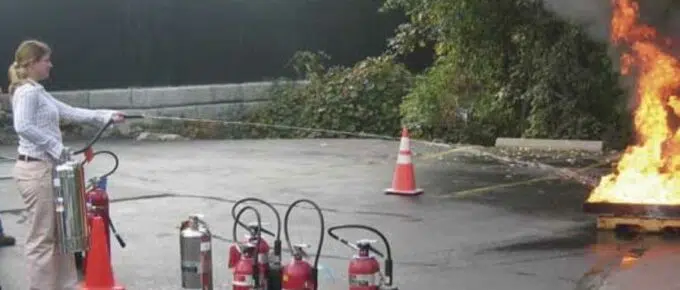
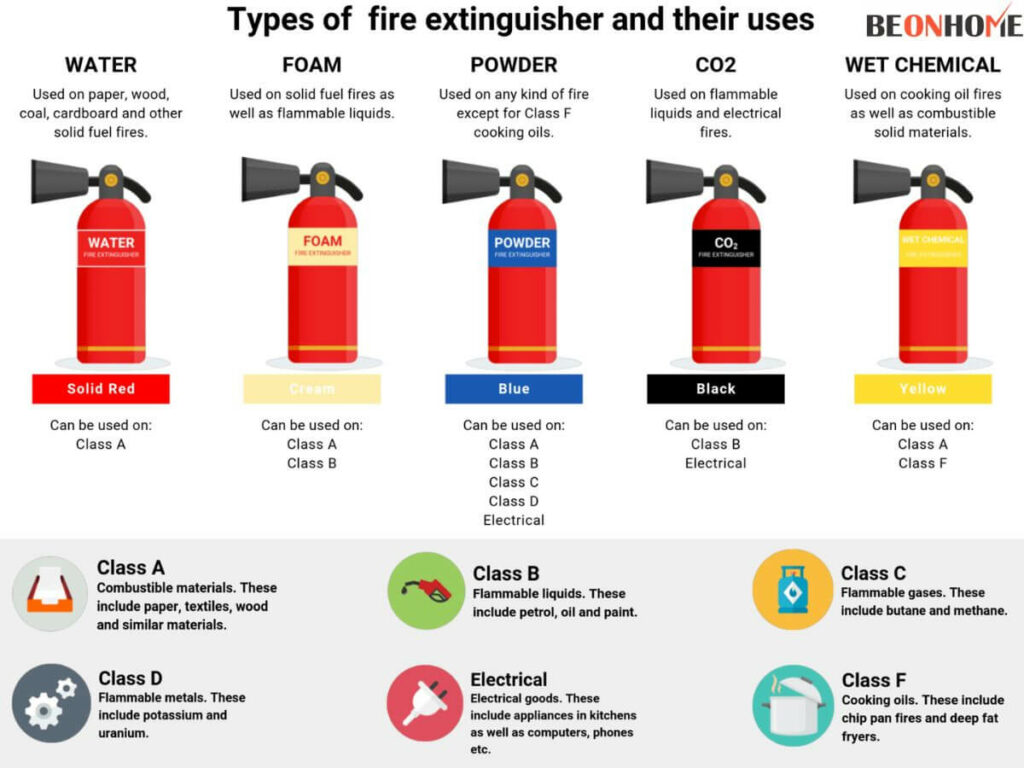

Leave a Reply